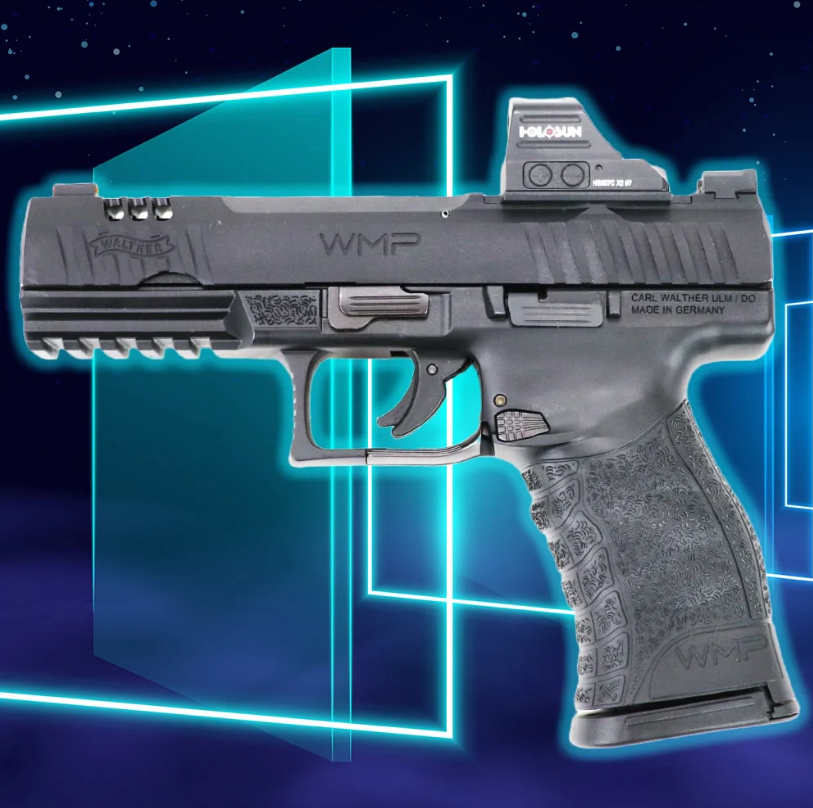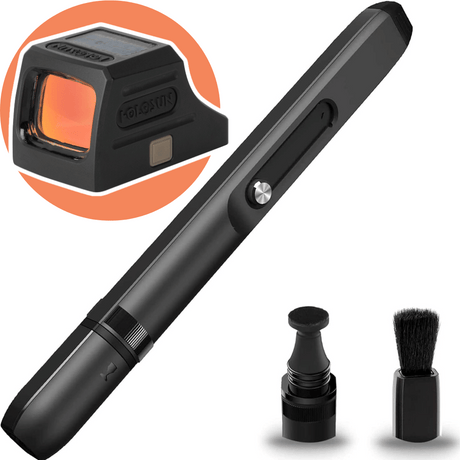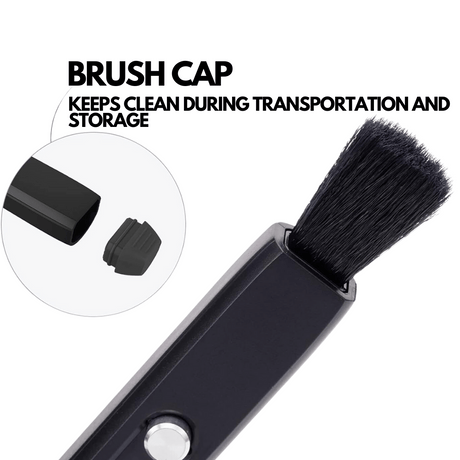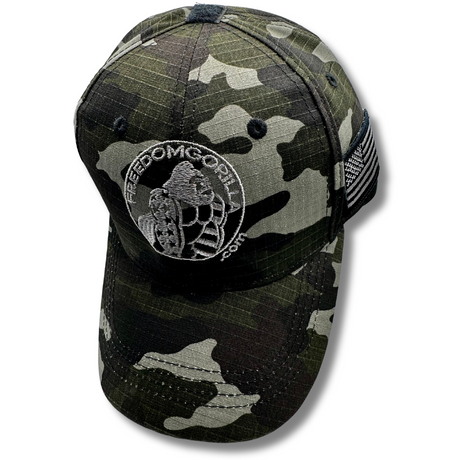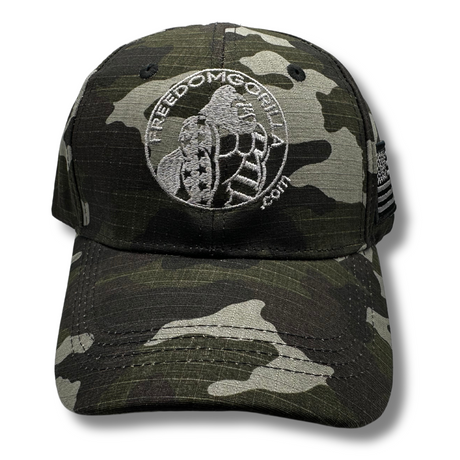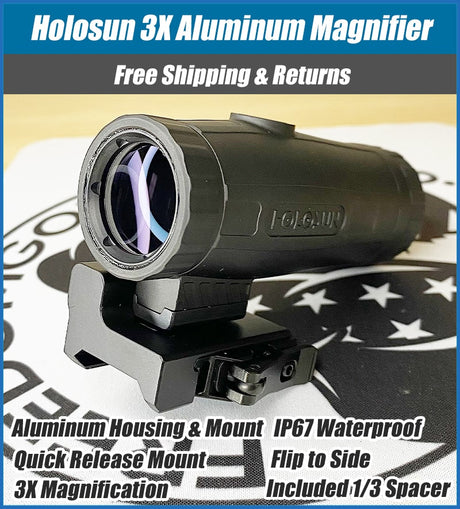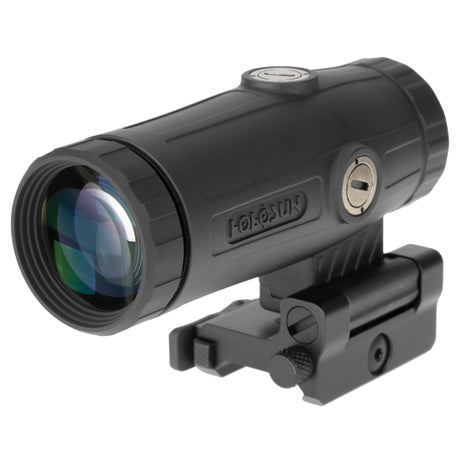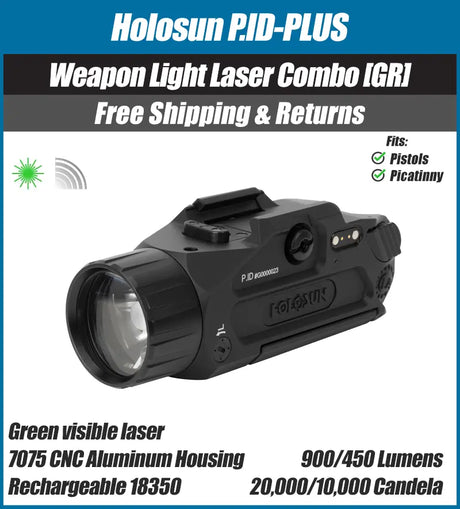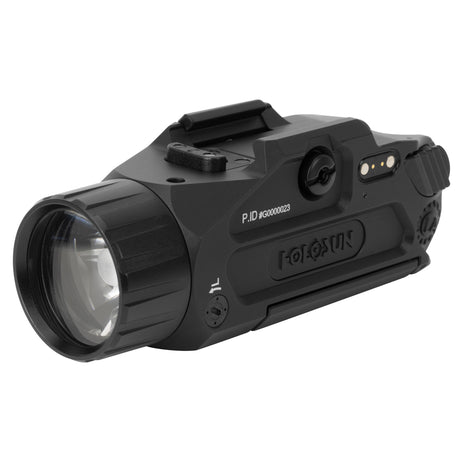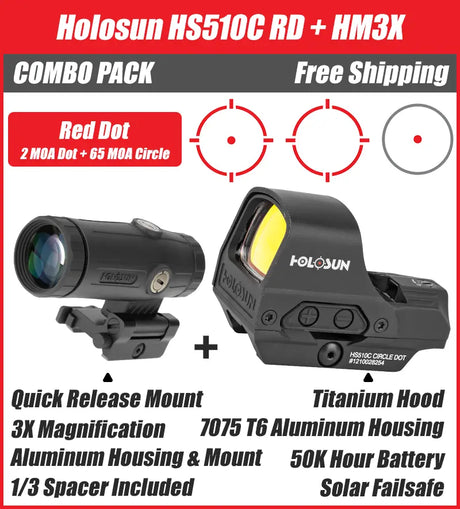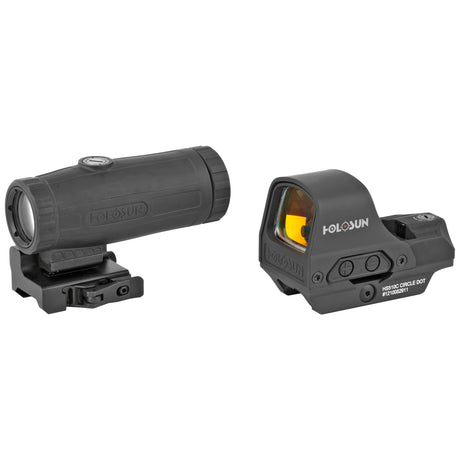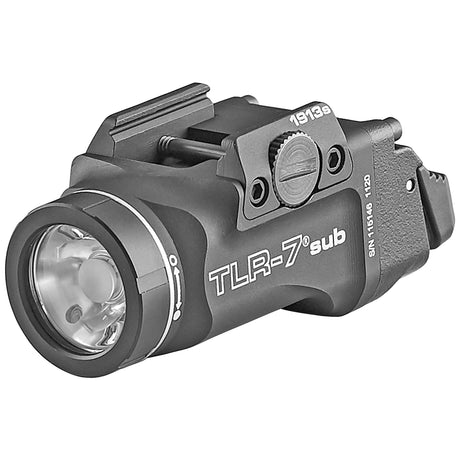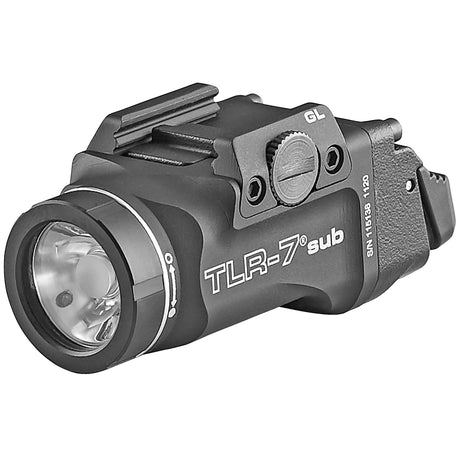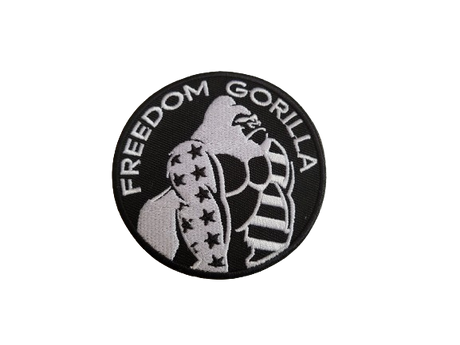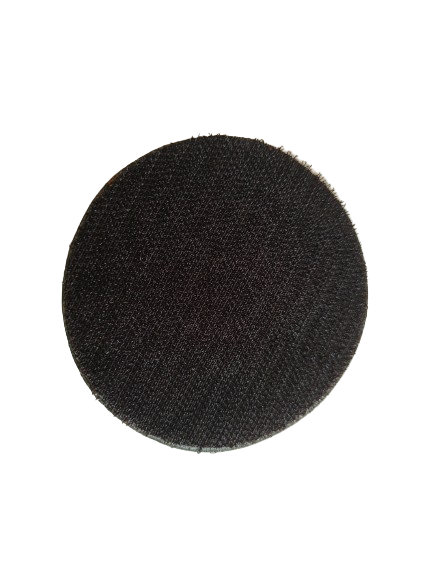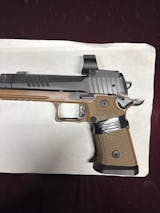With so many different types of pistol sights to choose from, it can quickly become overwhelming to try and make sense of them all. We can help you understand the different types and what it is you should look for when trying to choose a sight for your pistol.
In this article, we will describe the types of pistol sights, their ideal purposes, and the advantages and disadvantages offered by each type. We’ll also discuss what you should look for when choosing a new pistol sight.
Types of Pistol Sights
There are many different types of pistol sights, but we’re going to focus on the main choices that are commonly used today.
Iron Sights
Iron sights are some of the most basic, common, and affordable sights for a handgun. They consist of a front sight and a rear sight, which you have to align on the target to make the shot.
Pros
- They are generally one of the most affordable types of pistol sights.
- They are lighter than many other pistol sight types.
- They are more durable and less likely to break.
- Once you’re used to them, they allow for fast target acquisitions.
- They don't fog up in inclement weather.
- Iron sights are easier to clean, sleeker and less bulky than red dots.
- They don’t require batteries
Cons
- They don't provide the clearest view of the target.
- They require the shooter to focus on the front sight post, rather than the target itself.
- Non-illuminated iron sights are difficult to see in low- or no-light situations.
- They are less effective at long ranges because they don't gather as much light.
- It can be challenging to learn how to use them.
Best Use Case
A versatile sight that works well for any short-range, daylight shooting. Not the preferred choice for no-light and low-light conditions.
Reflex Sights / Red Dot Sights

Reflex sights have a red dot that makes it easier to sight and shoot a target. All you need to do is align the dot (located on the glass lens) with the target, and take the shot.
Pros
- They are generally compact and easy to use.
- The quick sighting is ideal for short to medium distances.
- They allow for better situational awareness and peripheral vision.
- They make target acquisition easier since only the dot and target need to be aligned.
- They eliminate tunnel vision by maintaining peripheral vision.
- They tend to be cost-effective.
- They help to mitigate aiming errors.
Cons
- If the red dot is too bright, it can obscure the target.
- Requires adjustable brightness for day and night use.
- They may fog in temperature fluctuations.
- Open designs are vulnerable to moisture, rain, and dirt.
- The front lens may reflect sunlight.
- They offer limited long-range use.
- They will only fit on pistols that have optics-ready slides (or you would need a dovetail mounting plate).
- They require batteries.
- They can break.
Best Use Case
These sights are best for short to medium range shooting, for both daylight and night conditions. They’re often recommended for self-defense purposes.
Night Iron Sights
As implied, there are also iron sights suitable for use at night. They have specially formulated inserts that glow in complete darkness, making it easy to acquire and shoot targets.
Pros
- Tritium inserts in the sights provide a visible aiming point even in darkness, aiding target acquisition.
- They have improved accuracy since they make it easier to align shots quickly.
- The trillium inserts make it easier to acquire targets quickly.
- It’s easier to use these sights if you have limited low-light shooting experience.
Cons
- They can be considerably more expensive than standard sights.
- They have a limited lifespan and need to be replaced every 10 to 12 years.
- The muzzle flash can make it harder to see the target after the shot, even when using these sights.
Best Use Case
Best for night shooting over the short to medium range.
Laser Sights
As the name suggests, laser sights produce a laser beam that makes it easy to acquire targets and line up shots.
Pros
- They help with fast, accurate aiming and target acquisition.
- They help show aiming drift, trigger jerk, and recoil compensation.
- Useful in low-light conditions.
- The visible laser dot may deter an aggressor.
Cons
- Regular maintenance and battery replacement are necessary.
- External lasers can increase the size of the firearm.
- Internal lasers avoid this but are more difficult to add or remove.
- They offer poor visibility in direct sunlight.
- The laser beam can give away the shooter's location.
Best Use Case
These sights work well for any type of night shooting in the short to medium range. Ideal for night guards and law enforcement working nights.
Pros
- They provide a superior sight view.
- They may offer better performance in terms of parallax distortion and glare.
- More expensive models offer high-end features like night vision compatibility, magnifiers, and multiple brightness settings.
- They provide excellent clarity and a wide field of view.
- They generally maintain their zero even with rough handling.
Cons:
- They can be expensive when compared to other sight types.
- Some models may be bulky or unwieldy.
- They can consume battery power quickly, in some cases.
Best Use Case
Ideal for short-to-medium-range shooting, even under low-light conditions. They’re commonly used by law enforcement.
Fiber Optic Iron Sights
Fiber optic iron sights have optical fibers that absorb natural light and transmit the illumination as an illuminated dot. These generally show in either red or green.
Pros
- They make it easier to achieve a sight picture quickly in daylight and low-light.
- They might be cheaper than night iron sights.
- They offer excellent contrast in low-light conditions.
- They’re ideal for fast-paced competition shooting.
Cons
- They don’t function in darkness.
- They may require additional light to be fully effective in low-light conditions.
- It can be difficult to aim long-distance using these sights.
- The fiber optic strand is fragile and may break with impact.
Best Use Case
Best for daylight shooting over the short to medium range. A great choice for self-defense or competitive shooting.
Pros
- They’re suitable for both short-range and long-range shots.
- They make it easy to maintain good situational awareness.
- The hybrid approach offers improved accuracy.
Cons
- Some users may find these sights overly complex due to the added functions.
- These sights may make the gun heavier and bulkier.
- They can be comparatively more expensive.
- Frequent magnification changes may cause eye strain.
- When using the magnified view, the field of view may be smaller.
Best Use Case
The hybrid sight works well for a range of different purposes, like self-defense, but may not be acceptable for competition shooting.
How to Choose the Right Pistol Sight
When trying to choose the right pistol sight for your handgun, there are a few different things that you need to consider. We’ll discuss these in detail below.
The Pistol's Purpose
The first consideration is what you’ll be using the pistol for. When you know what you want the sight to do, you can look for a sight that offers those attributes. Here are a few examples to help you narrow it down:
- Iron sights: Standard (good for everyday use, duty, recreation) and adjustable (better for precision and competitions).
- Fiber optic iron sights: Offer improved visibility compared to standard iron sights and are suitable for everyday use, duty, or recreation.
- Night iron sights: Enhance visibility in low-light conditions, suitable for everyday use, duty, or recreation.
- Reflex sights (dot sights): Provide the best overall sight picture and quicker target acquisition, suitable for personal defense, duty, and competitions.
- Laser sights: Primarily for defensive scenarios and personal protection; generally prohibited in competitions.
Personal Needs and Preferences
It’s impossible to absolutely state that one particular sight is better than all the other options, largely because it depends on personal preference to a large degree.
Each type of pistol sight has its own advantages and disadvantages, and some people will prefer one type while another will suggest something completely different.
We’d recommend discerning which sight will work well for your intended purpose, then looking for a model that fits your pistol and offers the spec and advantages that you’re looking for.
Pistol Make and Model
Possibly one of the most important aspects to consider when looking for a new pistol sight is your handgun’s make and model. Not all types and models of pistol sight are compatible with all types and models of sight.
For this reason, it becomes essential to carefully research the different options that are compatible with your firearm of choice. Our recommendation is to find out what kind of sight you want and then look for a model that’s compatible with your specific handgun.
If you seek professional advice on choosing the best sight for your pistol, contact us. We will help you make an informed decision and choose the product that meets your needs and preferences.
Final Thoughts
As you can see, there are a wide range of different types of handgun sights to choose from. While, at first glance, they may seem highly similar, each of them has a unique purpose and uses.
When you’ve familiarized yourself with the different pistol sights and types, it becomes easy to find and use the right sight for your application.

